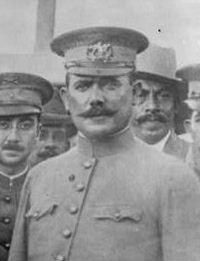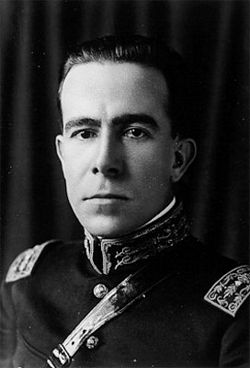Cuerpo de Ejército del Noroeste
In November 1913 Alvaro Obregón ’s forces captured Culiacán, the capital of Sinaloa, thus securing the supremacy of the Constitutionalist Army throughout the entire area of Northwestern Mexico. It was in Culiacán that Obregón authorized his first issue of currency, a series of notes ($5, $10, $20[image needed] and $50), dated 23 April 1914, that the Paymaster General would repay within a fortnight of that date.
These notes bear more than a passing resemblance to the ones that Riveros had already issued in San Blas and Culiacán, and one can perhaps see a desire to impose a generally accepted template. These notes and the subsequent series had the printed name of Obregón and the handwritten or stamped signature of Chief of Staff (Mayor Jefe de Estado Mayor) F. R. Serrano.
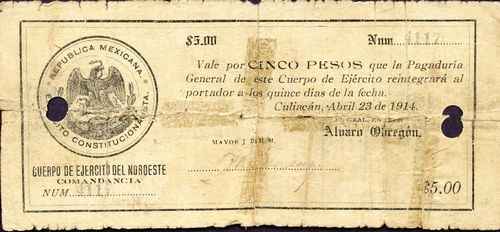
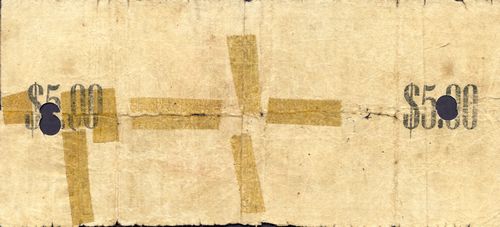 M3706a $5 Cuerpo de Ejército del Noroeste
M3706a $5 Cuerpo de Ejército del Noroeste
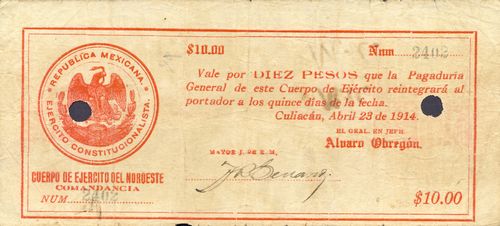
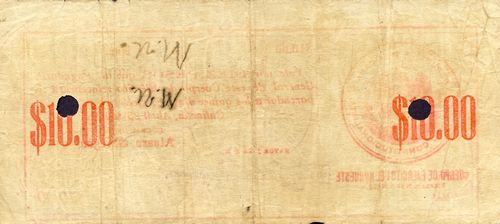 M3707a $10 Cuerpo de Ejército del Noroeste
M3707a $10 Cuerpo de Ejército del Noroeste
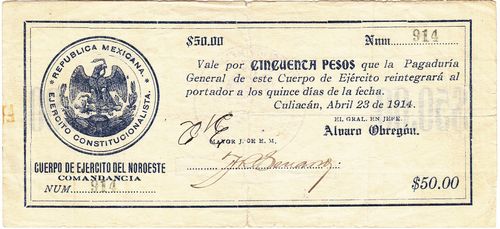 M3708 $50 Cuerpo de Ejército del Noroeste
M3708 $50 Cuerpo de Ejército del Noroeste
| from | to | total number |
total value |
||
| $5 | includes numbers 4117 to 4315CNBanxico #12013 | ||||
| $10 | includes numbers 1267CNBanxico #6176 to 2403 | ||||
| $20 | |||||
| $50 | includes numbers 435 to 914 | ||||
| $50,000 |
These were followed by a further series ($1, $5, $10, $20 and $50) dated 1 May 1914 and now no longer giving a period in which they would be redeemed. The first series reportedly had a total value of 50,000 pesos whilst the amount of the second is unknown.
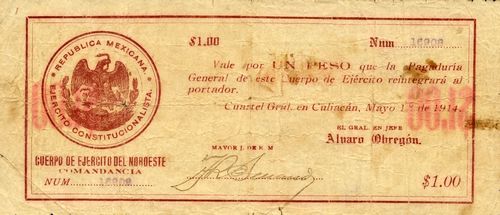
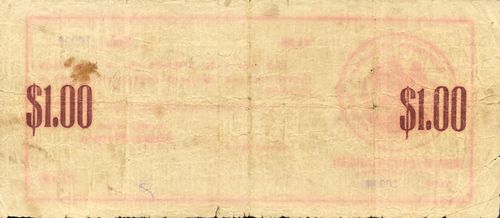 M3712a $1 Cuerpo de Ejército del Noroeste
M3712a $1 Cuerpo de Ejército del Noroeste
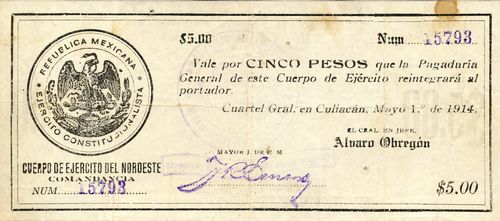
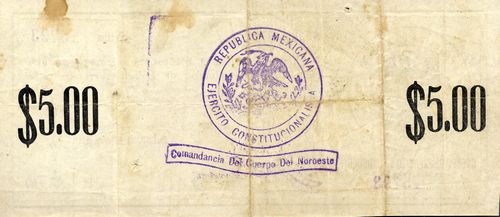 M3713a $5 Cuerpo de Ejército del Noroeste
M3713a $5 Cuerpo de Ejército del Noroeste
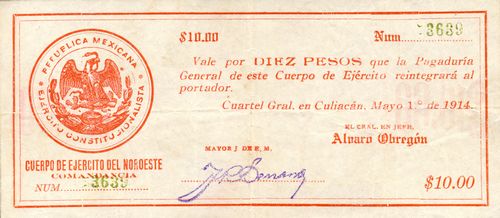
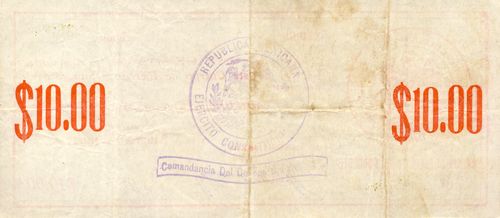 M3714a $10 Cuerpo de Ejército del Noroeste
M3714a $10 Cuerpo de Ejército del Noroeste

 M3715a $20 Cuerpo de Ejército del Noroeste
M3715a $20 Cuerpo de Ejército del Noroeste
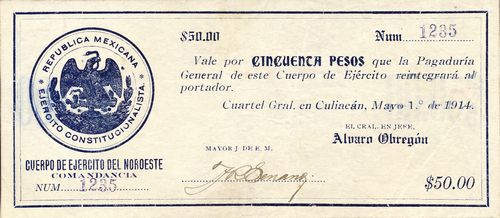
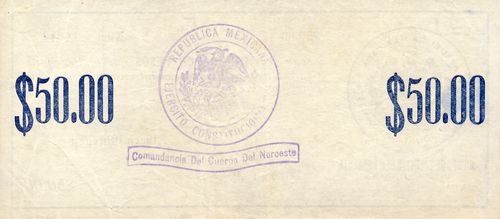 M3716a $50 Cuerpo de Ejército del Noroeste
M3716a $50 Cuerpo de Ejército del Noroeste
| from | to | total number |
total value |
||
| $1 | 1 | includes numbers 193CNBanxico #12014 to 16908 | |||
| $5 | 1 | includes numbers 140CNBanxico #6166 to 24055CNBanxico #6165 | |||
| $10 | 1 | includes numbers 13CNBanxico #12016 to 9695CNBanxico #6174 | |||
| $20 | includes numbers 3193 to 6418CNBanxico #6185 | ||||
| $50 | 1 | includes numbers 142CNBanxico #6189 to 1893 |
A third issue, this time adding a 50c note to the $1, $5[image needed], $10, $20[image needed] and $50[image needed], and carrying the Series letter B, was issued from Tepic (in the future state of Nayarit) on 10 June 1914.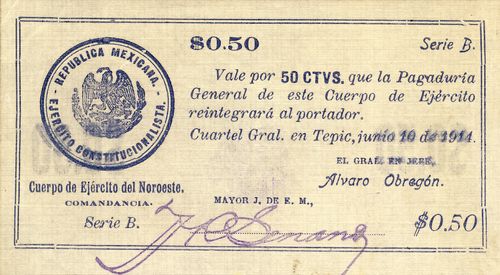

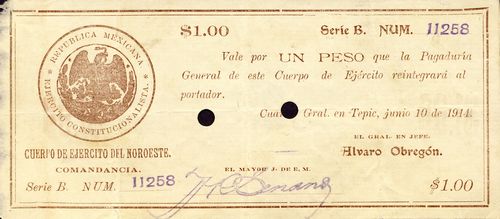
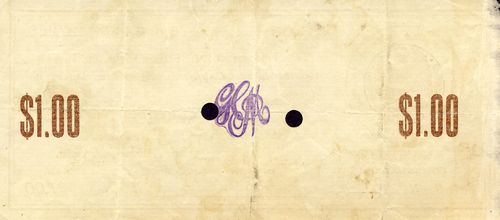


| Series | from | to | total number |
total value |
||
| 50c | B | |||||
| $1 | B | includes number 11258 | ||||
| $5 | B | |||||
| $10 | B | includes number 26917 | ||||
| $20 | B | |||||
| $50 | B |
In early July, Obregón moved south to Jalisco, where his troops defeated the federal troops. He then moved on to the capital. On 11 August he signed the treaties that ended the Huerta regime and on 16 August his troops marched triumphantly into Mexico City.
Use in other states
Chihuahua
When Luis Herrera took Parral in Chihuahua in November 1915 he included the notes amongst the issues he declared to be of forced circulationAMPar, Gobierno, Jefatura Política y Presidencia Municipal, Correspondencia, caja 71, exp 2.
San Luis Potosí
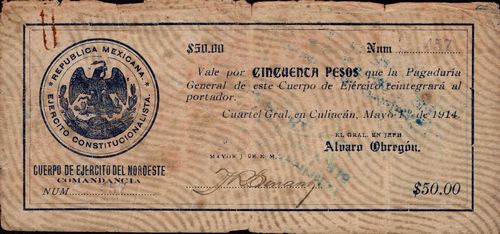
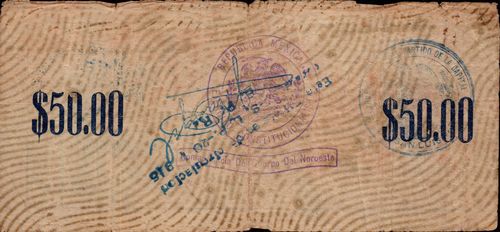
$10 and $50 1 May Culiacán note are known revalidated by the Prefectura Regional with a blue circular (43.5mm) rubber stamp with the legend ‘PREFECTURA REGIONAL DEL PARTIDO DE LA CAPITAL - SAN LUIS POTOSI’ and an eagle in the centre, together with a three-line inscription ‘Este Billete es de circulacion forzosa. S.L.P.....1915 E.P.R’ and the stamped signature of J. Rangel.
Querétaro
On 9 January 1915 the Presidente Municipal of San Juan del Río, Enriquez Martínez Uribe, reported that a merchant had refused to accept a $50 note, issued by Obregón in CuliacánAQ, Fondo Poder Ejecutivo Sec 2ª Hacienda C-1 Año 1915 Exp. 144 telephone call to Secretario General, Querétaro, 9 January 1915. On 13 January the Secretaría de Hacienda in Mexico City told Querétaro that the issues were of forced circulationAQ, Fondo Poder Ejecutivo Sec 2ª Hacienda C-1 Año 1915 Exp. 144 telegram Secretario de Hacienda to Governor, Querétaro, 13 January 1915 and the message was passed on to San Juan del Río, the Administrador General de Rentas and the Tesorero General in Querétaro and the Presidente Municipal of Amealco (to be forwarded to the Presidentes Municipales of Cadereyta, Tolimán and Jalpan)AQ, Fondo Poder Ejecutivo Sec 2ª Hacienda C-1 Año 1915 Exp. 144.
On 1 March 1915 the Secretario General, Gonzalo Ramírez Carrillo, asked the Secretaría de Hacienda in Chihuahua whether the notes issued in Culiacán in May 1914 were of forced circulation since there was a considerable number in circulation and in public offices and lack of information was causing difficulties. The governor was told to decide whatever was most convenient to prevent troubleAQ, Fondo Poder Ejecutivo Sec 2ª Hacienda C-1 Año 1915 Exp. 142. On 5 March Chihuahua followed up with a telegram telling the governor that notes issued by Obregón in Culiacán and Guadalajara before his rebellion were in principle valid. But in order to amortise them they should be accepted in payment of taxes, then cancelled and sent to the Departamento in Chihuahua for incinerationAQ, Fondo Poder Ejecutivo Sec 2ª Hacienda C-1 Año 1915 Exp. 144. The Secretario General passed on this instruction to the manager of the Express Constitucionalista on 23 March 1915AQ, Fondo Poder Ejecutivo Sec 2ª Hacienda C-1 Año 1915 Exp. 144. The manager acknowledged this, at the same time forwarding it to Iraputao and Torreón, adding that if he had refused the notes previously, it was because of instruction from the Tesorero General of the Ferrocarriles Constitucionalistas de Mexico AQ, Fondo Poder Ejecutivo Sec 2ª Hacienda C-1 Año 1915 Exp. 144. The manager added copies of the letters and circulars he had received, namely circular núm. 3, issued in Torreón on 9 September 1914, circular núm. 9 issued in Mexico City on 15 December 1914 and letters from Torreón dated 14 October and 30 October. The governor of Querétaro told the public that, by order of the Secretaría de Hacienda, the notes issued by Obregón in Culiacán, in May 1914, were of forced circulation La Sombra de Arteaga, Tomo XLIX, Núm. 9, 18 March 1915.
Counterfeits
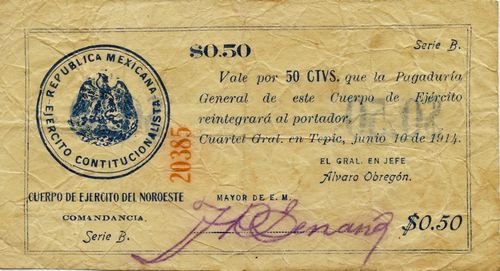
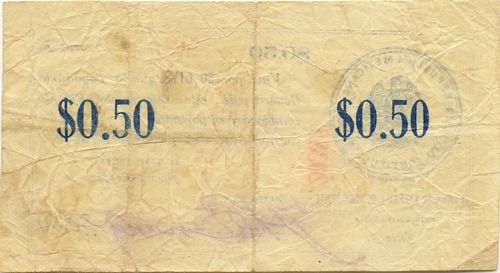
On 15 August 1914 the public in Guadalajara were warned[text needed] that counterfeit 50c notes (billetes de 50 cs. expedidos por el Jefe de Cuerpo de Ejército del Noroeste, Gral. Alvaro Obregón, a later notice called them billetes falsificados de los que puso en circulación el Cuartel General en el Territorio de Tepic) were circulatingBoletín Militar, Tomo I, Núm. 27, 15 August 1914; El Reformador, Tomo I, Núm. 18, 21 August 1914 and a week later the government decided to call the notes in, prohibiting their circulation. Within ten days the government would exchange them for other notes of legal tender. Alvaro Obregón sent a special envoy from Mexico City with sufficient money to make the exchangeBoletín Militar, Tomo I, Núm. 33, 22 August 1914: México Libre, Núm. 11, 22 August 1914. Up until 10 September the notes were exchanged in the oficinas rentisticas, and thereafter in the Dirección General de RentasMéxico Libre, 24, 4 September 1914: México Libre, Año I, Tomo I, Núm. 31, 11 September 1914. Pedro Flores González, comissioned by the Jefatura de Hacienda, was in charge of the exchange (El Reformador, Tomo I, Núm. 34, 9 September 1914).
A similar General Order[text needed] was made four days later in ColimaEl Popular, Colima, Epoca Tercera, Núm. 35, 25 August 1914.
Withdrawal
On 1 June 1915, in its circular núm. 28, Carranza’s Secretaría de Hacienda announced that since the reason for the fractional notes issued for the campaign needs of the Cuerpo de Ejército del Noroeste had passed, they would be exchanged in the Tesorería General de la Nación for fractional notes of legal tender or their equivalence in Constitutionalist notes.
On 18 September the Secretaría announced that until it had sufficient funds to exchange the notes issued by Obregón and Diéguez Carranza had decreed that these would continue to be of forced circulation. Two days later the Jefe de Hacienda in Guadalajara, Gabriel Vargas, stated that the notes still remained of legal, forced circulation, until they were exchanged in his Jefatura. In this respect these notes were in a better position than others that had to be deposited in the Jefaturas in exchange for receipts, to be redeemed at a later date.
On 14 October Manuel M. Diéguez, in Guaymas, Sonora listed as of forced circulation the Cuerpo de Ejército del Noroeste notes issued in Guadalajara but said that the earlier issues should be withdrawn as they were no longer in circulation.
On 4 November 1915 the governor of Sinaloa, Manuel Rodríguez Gutiérrez, told his Tesorero General that General Diéguez had said that as the circulation of these notes (those issued by Obregón in Culiacán in May 1914) had been declared at an end, they should be exchanged at the earliest opportunityPeriódico Oficial, Sinaloa, Tomo VI, Núm. 104, 6 November 1915; Periódico Oficial, Sinaloa, Tomo VI, Núm. 105, 9 November 1915.
On 28 April 1916, as part of his scheme to unify the currency, Carranza listed twenty different issues made by Constitutionalist commanders that the Tesorería General de la Nación, the Jefaturas de Hacienda and the Administraciones Principales del Timbre would receive on deposit before 30 June to be exchanged in a manner to be decided at a later date. After 1 July these issue would be null and void and anyone who tried to circulate them would be punished. Among the issues listed were
(1) Vales del Cuerpo de Ejército del Noroeste, emitidos en Tepic el 10 de junio de 1914, y firmados por Alvaro y F. R. Serrano.
(2) Vales del Cuerpo de Ejército del Noroeste, emitidos en Tepic el 10 de julio de 1914, y firmados por Alvaro y F. R. Serrano.
On 24 July Carranza decreed that from 1 August they would exchange the notes listed in the decree of 28 April that had been deposited in the offices of Hacienda with infalsificables at a rate of ten to one. However, on 4 September 1917 Carranza expressly forbad speculation in the Tepic and Guadalajara notes (in a list that repeated all the acceptable issues), so they might have had quite a shelf life.

